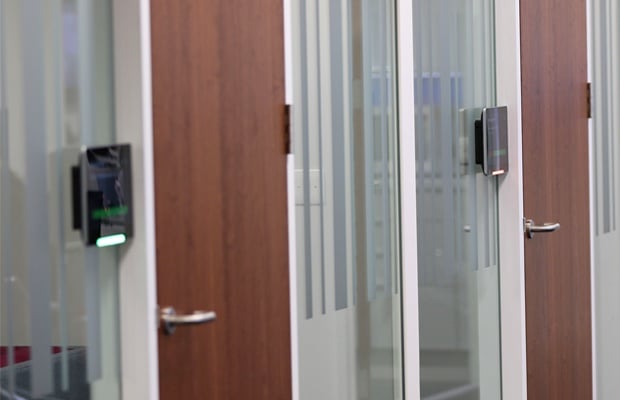Everybody has sat in a meeting at some point, where you find yourself asking: “what was the point of that?”, or “so we had a meeting, to basically decide that we need another meeting.”
Here are 6 simple ways you can avoid pointless meetings in the future:
1. Decide what type of meeting it is
A training meeting is very different to a brainstorming session, so make sure you have the right equipment and resources ahead of time. Pre-load your PPT and set up video conference connections ahead of the meeting to save time and avoid distracting people. Also make it clear to people if they should be keeping questions until the end or if they need to prepare things ahead of the meeting.
{{cta(’95bad370-ac92-4ae4-8365-8447a1313caa’)}}2. Book a suitable amount of time
 Make sure that you book enough time to cover off everything you need to. Equally, don’t just round up the allocated time slot and spend the first 15 minutes “catching up”. According to research from Harvard Business School and the London School of Economics, executives spend upwards of 18 hours per week – a third of their working week – in meetings. And an estimated 25-50% of that meeting time is considered wasted.
Make sure that you book enough time to cover off everything you need to. Equally, don’t just round up the allocated time slot and spend the first 15 minutes “catching up”. According to research from Harvard Business School and the London School of Economics, executives spend upwards of 18 hours per week – a third of their working week – in meetings. And an estimated 25-50% of that meeting time is considered wasted.
3. Only invite the people that need to be there
Too many cooks spoil the broth. The same goes for meetings. Don’t invite people for the sake of it, it’s wasting their time and impacting the company’s performance. Only involve the people that need to be in the meeting.
4. Schedule the room and equipment ahead of time
Avoid disappointment and confusion, and save time by booking a meeting room and any extra resources ahead of time. Don’t leave it until the day of the meeting to gamble on room availability and technologies working.
5. Chair the meeting so you all stay focused
 Make sure someone chairs the meeting and takes control of the running order. This will ensure you follow a schedule and if discussions start going off track, you can reign it back in and stay focused on the initial task. It doesn’t mean the “chairman” is calling the shots and can make decisions, it just means they can steer the meeting back on track and deliver results at the end of it.
Make sure someone chairs the meeting and takes control of the running order. This will ensure you follow a schedule and if discussions start going off track, you can reign it back in and stay focused on the initial task. It doesn’t mean the “chairman” is calling the shots and can make decisions, it just means they can steer the meeting back on track and deliver results at the end of it.
6. Have objectives and outcomes
Make sure you all know what the purpose of the meeting is before it begins. This will set expectations and mean people enter the room knowing what they need to focus on. It also doesn’t hurt to start the meeting reiterating what the session is aiming to achieve. Keep a record of the meeting actions and outcomes so that you can move business forwards once the meeting finishes.